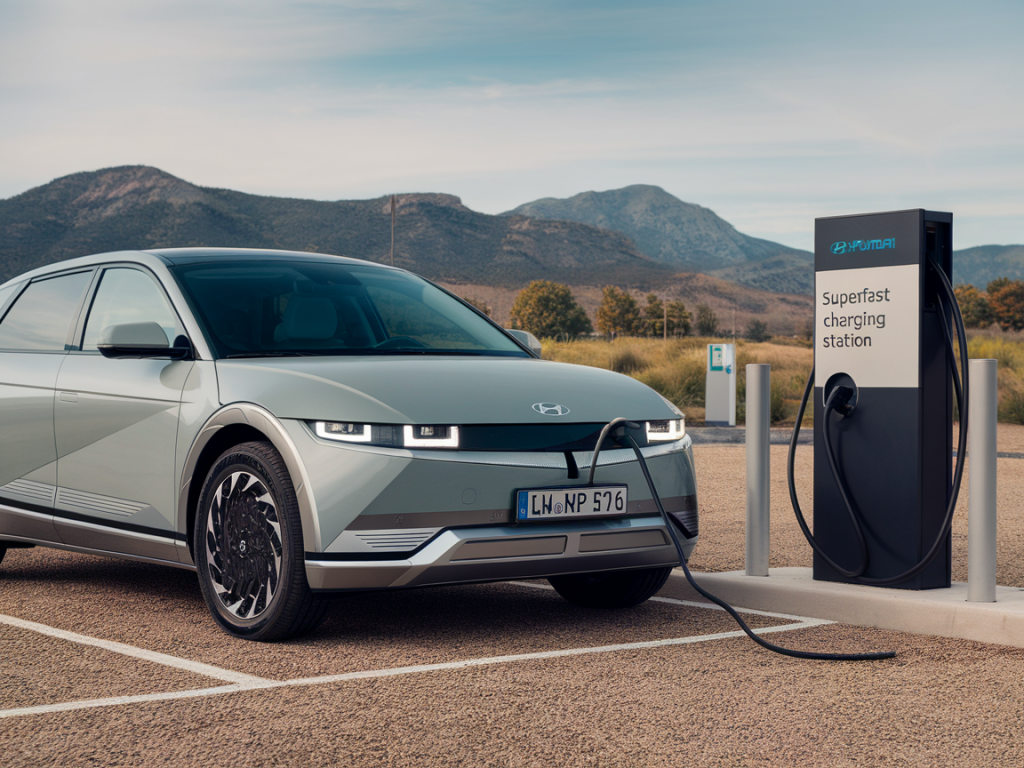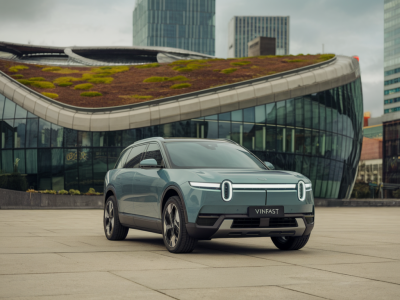
As someone who lives and breathes innovation in transportation, I’m always on the lookout for technologies that don’t just promise change but actively reshape our daily mobility experiences. Over the past few years, the electric vehicle (EV) landscape has rapidly evolved, from new battery chemistries to expanded charging infrastructure. But one of the most exciting recent developments, in my view, is Hyundai’s bold entry into the ultra-fast charging game with its e-pit stations.
If you’ve ever taken a road trip in an EV — especially in regions where charging infrastructures are still catching up — you probably know the anxiety that can accompany long drives. Will I find a charger in time? How long will I have to wait? Can I trust this network? These concerns are real, and they’ve been a significant obstacle to mainstream EV adoption. Thankfully, Hyundai’s e-pit initiative is turning that narrative on its head.
What is Hyundai e-pit?
First revealed in 2021, Hyundai’s e-pit superfast charging stations were inspired by Formula 1 pit stops. The very idea brings to mind speed, precision, and efficiency — all things that EV charging has sorely lacked until recently. Positioned strategically throughout South Korea (with global expansion being hinted at), these hubs deliver a charging experience that’s faster, smarter, and far more user-friendly than your average plug-in point.
Each e-pit station features ultra-fast 350kW chargers compatible with Hyundai’s E-GMP platform, which powers models like the IONIQ 5, IONIQ 6, and Kia EV6. In real-world terms, that means a vehicle can go from a 10% to 80% charge in about 18 minutes. This sort of performance genuinely changes the game for EV road trips, minimizing downtime and making long-distance travel less of a battery balancing act.
Redefining the Charging Experience
What makes e-pit particularly different — and impressive — isn’t just speed. It’s the holistic nature of the service. Hyundai didn’t just install high-power units and call it a day. They built an ecosystem. Each station is designed with user comfort in mind. There are weatherproof canopies that shield you from rain or blistering sun, a clean and minimalist design that makes navigation straightforward, and an intuitive interface that communicates in multiple languages. This might sound like a minor detail, but for international or non-tech-savvy users, clear communication is everything.
But what really stood out to me when I visited an e-pit location in Seoul earlier this year was the integration of Hyundai’s digital ecosystem. Through Hyundai’s app, the stations offer:
- Reservation in advance – Schedule your charging slot and avoid queues.
- Remote monitoring – You can check charger availability in real-time.
- Seamless payment options – Integrated with Hyundai Pay and other digital wallets.
All this aligns with a broader trend I’ve been following closely — charging stations maturing from simple utility points into service-rich hubs. The expectation is no longer just to plug in and wait; it’s to experience convenience that parallels or even exceeds that of traditional service stations.
High-Speed Charging Meets High-Tech Platforms
Let’s dive a bit deeper into the technology here. The backbone of e-pit’s ultra-fast capabilities lies in Hyundai/Kia’s Electric-Global Modular Platform (E-GMP), which supports 800V architecture. Traditional chargers typically use 400V systems, and while that’s sufficient for slower AC or moderate DC charging, it doesn't hold up well when you need serious speed on the go.
By leveraging 800V infrastructure, e-pit takes full advantage of faster charging capabilities without excessive heat buildup or power inefficiencies. Combined with high-capacity battery management and regenerative braking systems, the charging process becomes not only faster but also more energy-efficient. And for a space like EV infrastructure — where efficiency can make all the difference — that’s a huge win.
How Does e-pit Stack Up Against the Competition?
Currently, when we talk about fast charging, Tesla’s Supercharger network and Ionity top most people’s lists. Tesla, of course, boasts proprietary excellence and a vast network, while Ionity — a joint venture that also includes Hyundai — is expanding aggressively in Europe with rapid DC chargers.
But e-pit differentiates itself in some key areas:
| Feature | e-pit | Tesla Supercharger | Ionity |
|---|---|---|---|
| Max Charging Speed | 350 kW | 250 kW (V3) | 350 kW |
| Vehicle Compatibility | Hyundai/Kia E-GMP & CCS | Primarily Tesla (CCS included where available) | CCS only |
| App Integration | Reservation, mobile payments, real-time updates | Tesla App with native car integration | Basic availability and payment functions |
| User Experience | Premium station design & multi-language interfaces | Efficient and Tesla-centric | Minimalistic, functional |
Of course, we have to consider regional availability. As of now, e-pit is primarily a South Korean innovation. But if Hyundai follows through on its global electrification plans — as it indicated at CES and IAA — we could very well see e-pit-inspired stations in Europe or North America in the coming years. And if that happens, competition will definitely heat up, quite literally.
The Human Side of Charging
During my research and field visits, one of the comments that kept resurfacing from EV drivers was this: “It’s not just about the speed. It’s about how it makes you feel.” And that speaks volumes. Ultra-fast charging might be the headliner, but it’s the attention to human-centric design, user interface, and digital integration that leaves a lasting impression.
Hyundai’s e-pit stations aren’t just killing wait times — they’re rewriting the rulebook on what EV charging should look and feel like. Designed not just for practicality but for comfort, these stations reflect a brand that understands the evolving needs of modern mobility.
For me, it’s an encouraging lens into what travel could look like in a future dominated by electric power. A road trip no longer laden with uncertainty, but one you can plan confidently, enjoy peacefully, and even look forward to. As we continue to rethink transportation, it’s innovations like e-pit that bring us one step closer to that smarter, more sustainable mobility utopia we all envision.

